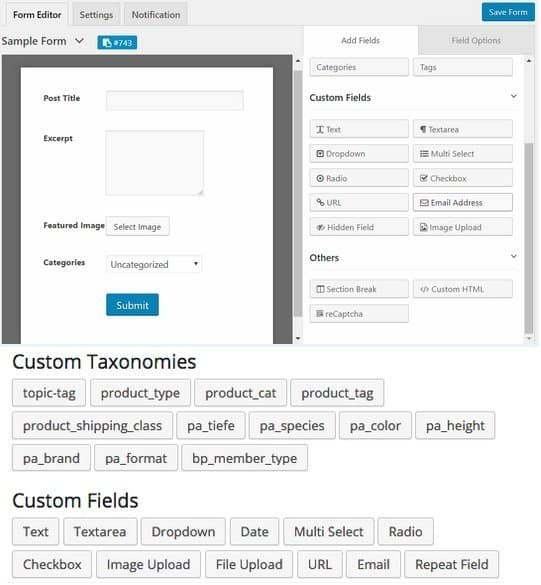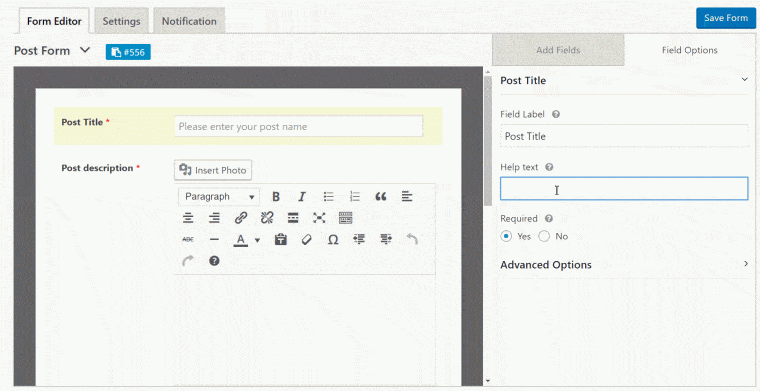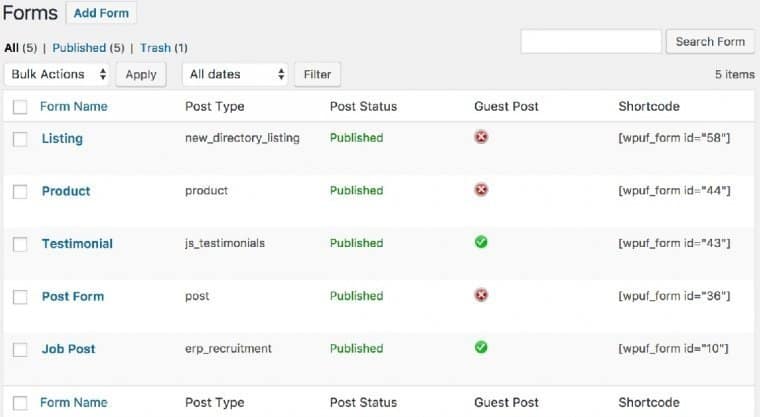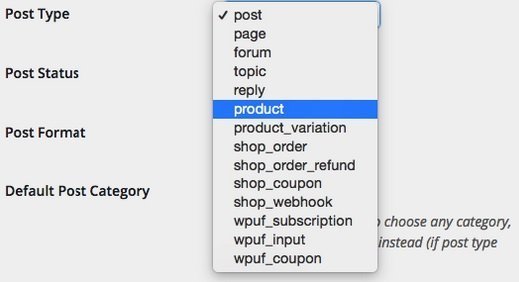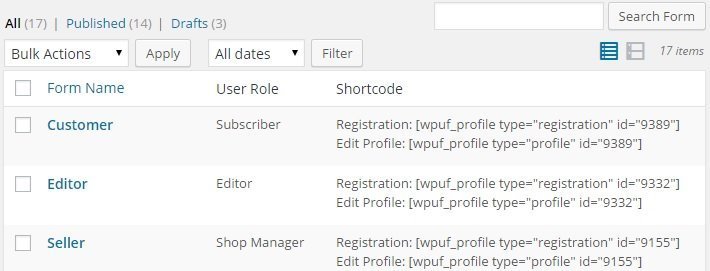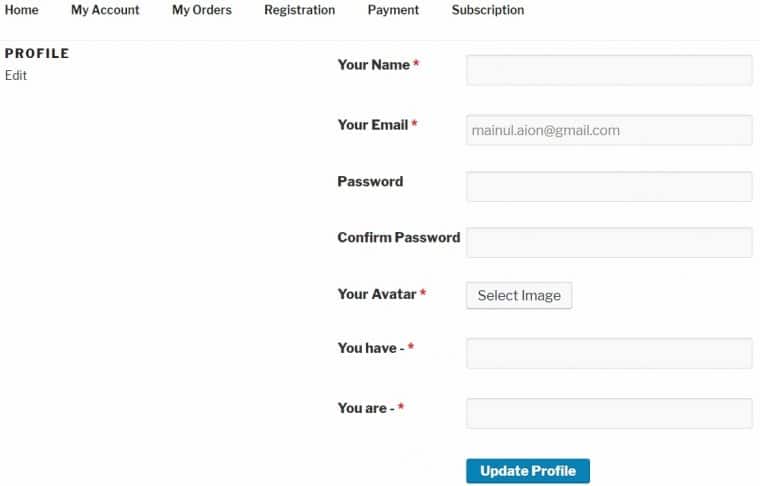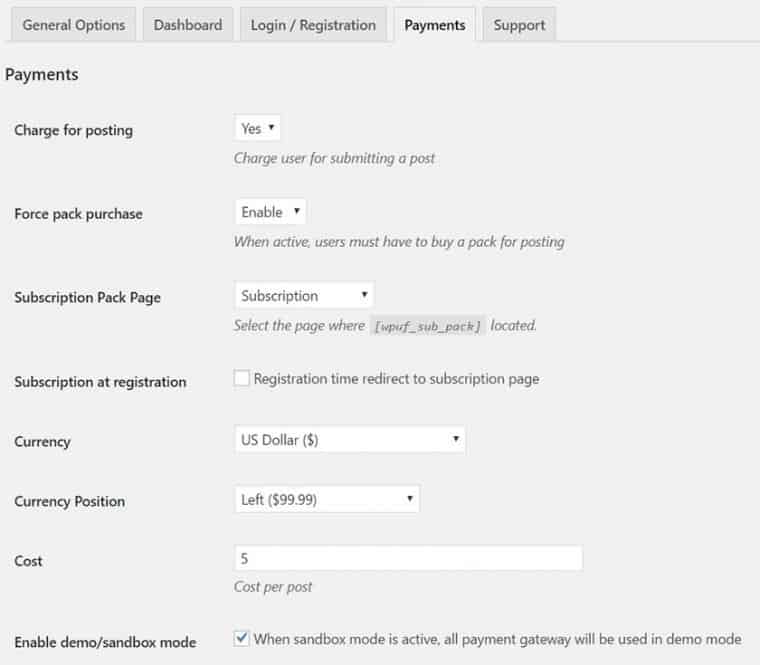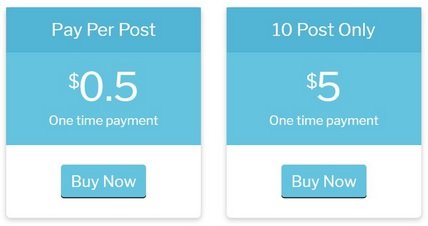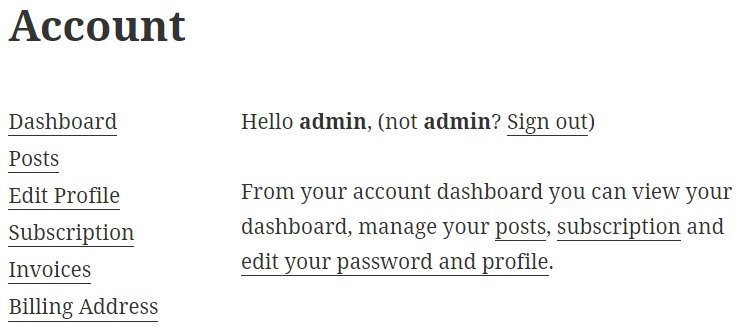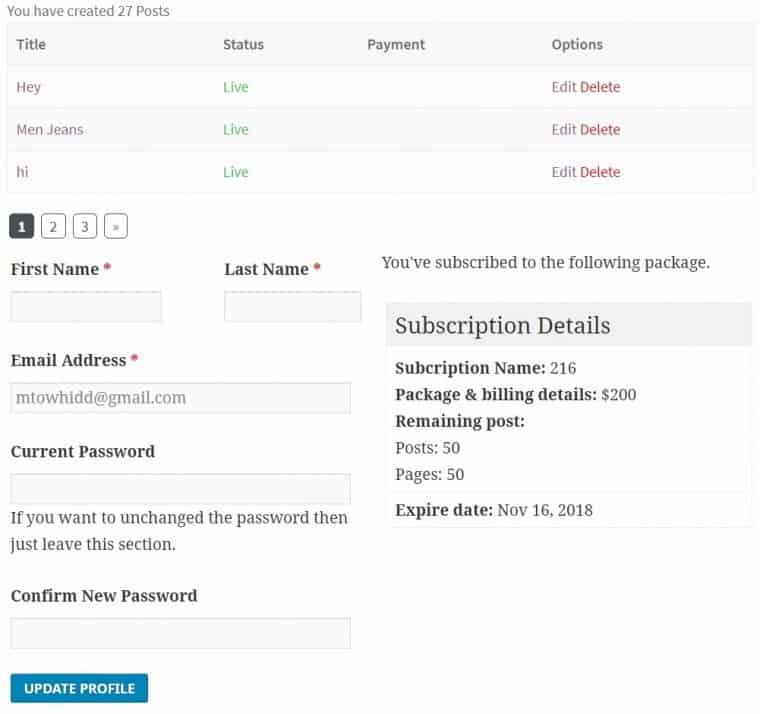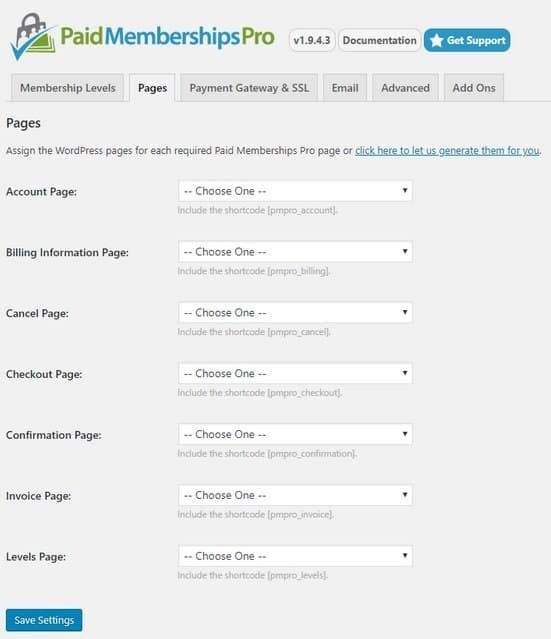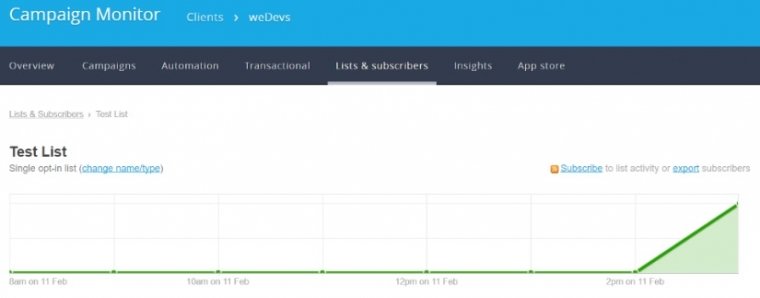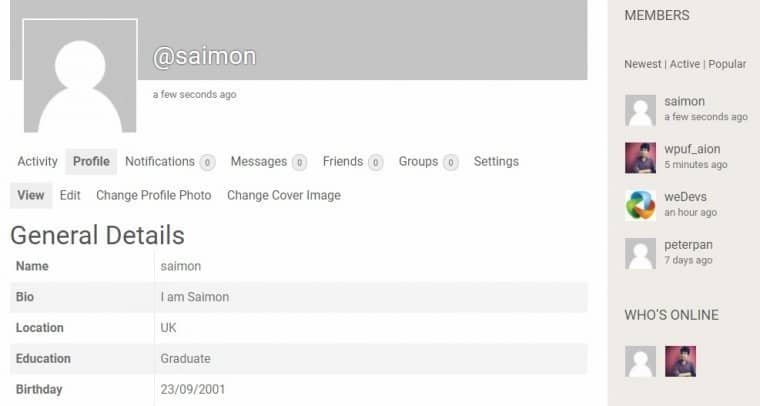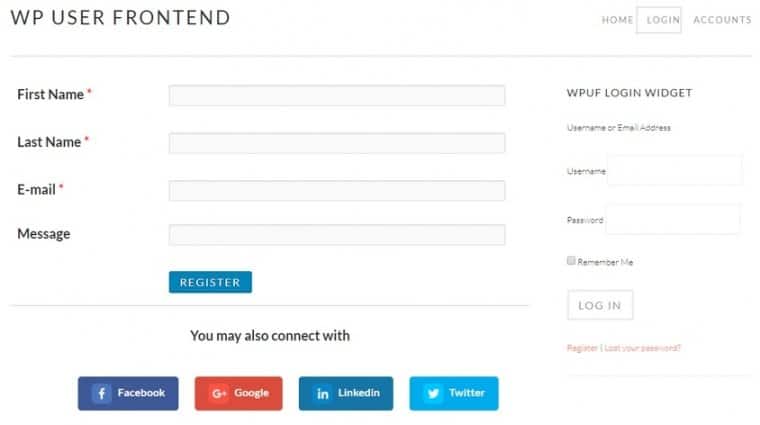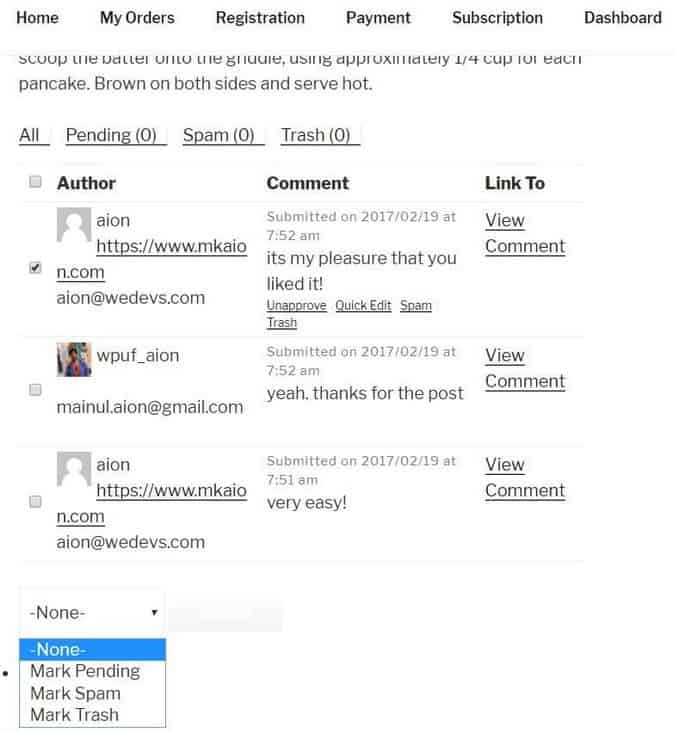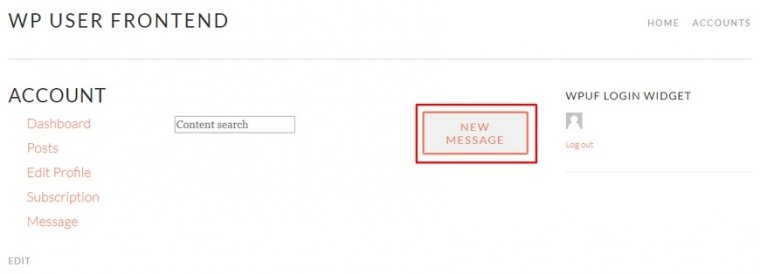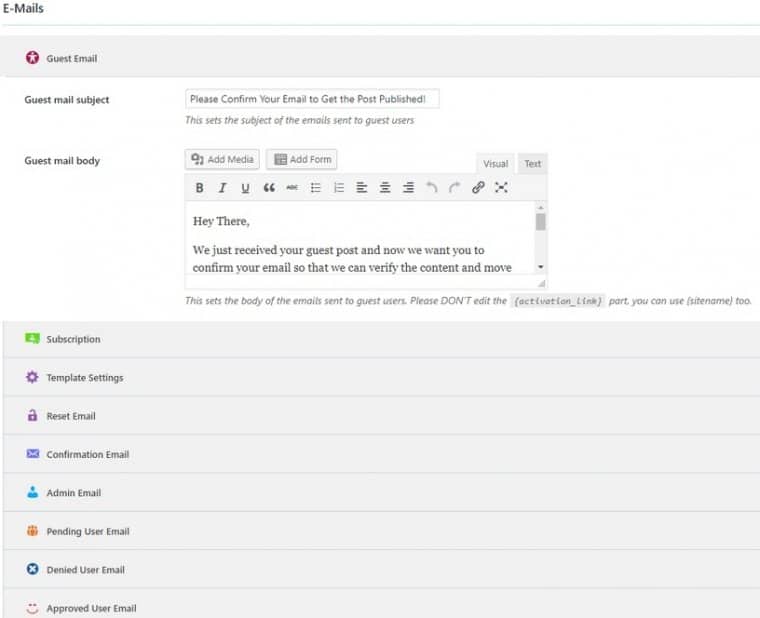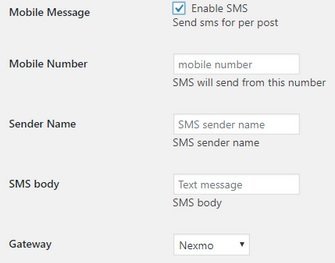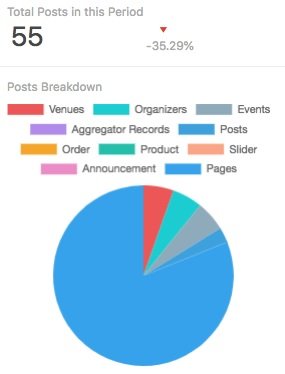If you’re running a site that relays on direct user interaction, it’s important to provide those users with the best interfaces that will keep them engaged in the content you’re providing for the long-term. Content should be the first thing on your mind, but a close second should also be how much your UI is user-friendly. Although the content you give them is the reason they’ll come and if it’s good they’ll keep coming back, if the look, feel and use of the UI is bad, chances are you’ll be losing visitors.
Setting up a UI is tricky because nobody pays any attention to it unless it’s bad/doesn’t work. This, more often than not, puts it at the back end of the various to-do lists while in the process of building up a site. Usually, you’ll be looking for a simple, sure-fire solution, that probably won’t blow anyone away, but will work when put to the test.
We’ve dug under the surface on this topic to see if there is a solution out there that will show you’ve gone the extra mile, but at the same time won’t require hours upon hours of work on your part. We’ve found one such solution in WP User Frontend Pro from weDevs.
Enable your visitors to create content
Let’s say you’re managing a site for reviews of various multimedia sources (books, movies, toys, electronics, etc.). With that we’ve established you need an active community to thrive since you’re in essence a platform for them to put out their own content. As the provider, it’s your core job to set up a system for submitting and publishing the content and then handle the community feedback after it’s been published.
The most effective way to handle all three of these core aspects is with forms. They allow you to dictate how the users will interact with your site from the frontend.
Forms should be as simple as possible alleviating any potential confusion from the user who is submitting it. Try to crate clutter free forms with distinct input fields and for text simply insert the function of the input field. This alone should be more than adequate for all your visitors to use quickly. Making it simple also helps when browsing on smaller screens where everything is scaled down – something you should definitely keep in mind since it’s the preferred method these days.
Before going live with your forms, you should build up a solid database that is then only implemented in the final product. Generally, it’s always a good idea to prepare beforehand instead of updating as you’re going along. Updates will come, of course, over time, but for your ideas to work there has to be a solid foundation in place to keep it all together.
Similarly, to create a form database which will serve as an input interface, you’ll want to diversify the type of content is submitted. Creating post categories will ensure that your visitors won’t post something on the wrong part of the site. Making everything transparent like this will remove the need for constant editing or even deletion of suspect content (no matter if the fault was accidental or intentional).
Register your users
Your site is up and running, new content is being published, both from you and your visitors and now it’s time to implement a membership option to provide even better service. In order to do that you’ll need to enable profiles. The first thing you’ll look to do is create various roles with different access levels. This has to be done from your side – the backend.
Once you’ve figured out and assigned all the roles your site will give you’ll be enabling a frontend option for all your registered users. The amount of freedom they’ll get in managing their profiles is solely up to you as the sites admin. Like with most things it’s best not to complicate things. If your members will mainly use a form of textual input on the site, then their profiles shouldn’t need anything more than screen names, avatar options and of course has to be password protected (password strength is regulated by the admin).
Payment and exclusive content
After the site has garnered enough buzz to have a large and stable community you could look into implementing payments. In general, there are two main ways to configure payments. They are either based on a one-time fee for an individual item or service (or pack), or they are subscription based where users pay a monthly or yearly fee for which they get access to content (in most cases), items or services.
In this case we’ve centered everything around content, so if you’re implementing one-time fees they should concern posts, or reviews. Be sure to create multiple options for one-time fee payments to cover the need of all your members. The more options you give them, the more they’re likely to find something for themselves and therefore buy. Much like everything else after you figure out how you want your payment packs to look, you’ll create different options from the backend which will then be transferred to the frontend for the users to see.
When talking about subscriptions, it’s natural to have multiple tiers which represent levels of access to the various features of your site. Don’t forget that when forming tiers, it’s important you define them not by what they provide, but rather what they exclude. Content restriction is the basis for subscription type sites, but there are different kinds of restrictions. The first one is obvious and doesn’t even concern payment, but rather membership – your visitors have to be logged in to view certain content.
A step above that would be the subscription restrictions running through your tiers. Here is where you get creative. You’ll need to anticipate your visitors needs and create a tier system that gives them enough content within the tier they’ve chosen. Not every tier needs to have everything open to them, but you shouldn’t be to stingy either. Find a nice balance and stick with it.
Frontend dashboard
Most of the work you’re doing on the site from the backend is done through your dashboard, so why not give your visitors the same option. Once they’ve signed up they’ll be provided with a dashboard that holds all the functions they’ll need when browsing and working on your site. From your point of view, the starting dashboard should be unified for all your users.
With that out of the way your members will get to change facets of their profile, keep track of posts they’ve published and payments they’ve made as well as their subscription status at any time. Giving your members control over their profiles is common practice with all membership sites, and yours shouldn’t be any different.
The great thing about a frontend dashboard is that after you’ve set up the basis of how you want your site to work, everything else is transferred to the members. They’ll have more control and be satisfied, and you’ll have more time to focus on other aspects of the site like adding extra features – it’s essentially a win-win situation.
Taking the next step
Speaking of extra features, when you’re ready to go the extra mile there are numerous integrations that can improve the experience both for you and your members. These are the PRO modules that either integrate your system with other popular services or expand the ones you’re already using. The really great thing is that all the modules are stand-alone, so you’ll get to pick and choose what you want/need.
Integration with other services
To run a successful site, you must use numerous services that are out there; you simply can’t rely on just one. However, more and more solutions offer cross-functionality with other popular services acting as a hub of sorts where you can then simply integrate those services.
Paid Membership Pro is one such integration. With it you’ll be able to use the robust membership levels system Paid Membership Pro provides. The integration is seamless and after both the original plugin and module are set up you’ll get to create varying membership tiers. Those tiers will then be presented as options on the frontend to potential users. Some of the features here will also be present without the module, but it’s always best to use specialized software when possible.
If you’re using mail marketing services such as ConvertKit, then you’d probably want to have data from registration forms transferred directly to build up your database. Keeping a full list of your members can be great when embarking on new campaigns when you launch a new product for example. If by any chance you don’t want all your registered members brought over to your ConvertKit database, that shouldn’t pose a problem, since you’ll be able to choose which forms relay the data and which ones do not.
Similarly, you can integrate your core functions with services that provide you with a better statistical overview of your subscribers. Something like Campaign monitor can prove useful to transfer your data to, especially if you’ve been using the service beforehand anyway.
Most of these are related to forms. They’re used for both importing and exporting data regarding your members that you’ll use in the future. There is however an option that primarily affects the user’s frontend experience – the BuddyPress profile fields integration. With it all your members who use this plugin will get a completely different profile page that is far removed from the default one and in accordance with all other plugin features. The functionality remains largely the same, but the presentation varies considerably.
Other PRO module integrations include GetResponse, MailChimp, MailPoet, MailPoet 3 and Zapier for email information and building up your database. You’ll also have a Stripe integration LINK for additional payment methods which are always good to have. As we’ve already mentioned all of these integration modules aren’t essential for everything to run smoothly, but if you’re using any of them or are considering using some of them, it’s nice to know you’ll be able to.
Building on core functions
Apart from modules that integrate outside services into your core features, some modules add new ones or expand those already there. Much like integration modules these aren’t absolutely necessary either for you or your members but can be extremely useful in specific situations.
One of the neat things you can do to make life simpler for potential members is to incorporate registration through social media. With the Social Login module LINK, there is no need for future members to create additional profiles, when all their info is already stored on all of the multiple social networks on hand. This makes it easier for them to sign up – no additional usernames or password to remember and makes it convenient for you since you’ll be able to track which social networks are used most often – information useful for realizing successful marketing campaigns.
If you’re feeling overburdened having to micromanage every post and the accompanying comments, you’ll be able to make it easier on yourself by allowing authors to manage comments on their posts. With the Comments Manager module, you’ll be able to transfer moderating clearance to members for the comments section of posts they publish. If you choose to go with this route be sure to set up some general ground rules because if everybody moderates by their criteria it could lead to an uneven and unfair practice which surely won’t sit well with other members.
Communication is highly important on a type of site that relies so heavily on frontend and backend interaction, so it’s important to have various quality lines of communication. Probably the fastest way is via instant messages. The Private Messaging module lets you do just that. Adding a message tab, it gives your members the option to directly contact each other or the admins. It also works the other way round so it gives you the chance to directly get in touch to your members when you need them.
The more formal way of communication has to be with emails. With the HTML Email Templates module you’ll be able to create and store templates for mails that you most commonly use. This will surely save you time in typing since you’ll just have to change a couple of key information (relating to the specific member you’re writing) while the rest is always ready. If you find yourself sending a large number of mails this is a module you’ll be glad to have.
SMS notification, on the other hand, is a form of direct contact with your members that doesn’t quite fall in the same category as the other two we’ve mentioned. SMS notification works as a one-way street, primarily for something important that you’ve set up inside your system to alert the member(s).
For admins who want even more information there is the WP User Frontend Reports module. With this module you’ll be able to gather detail statistical information regarding members, posts, subscriptions or transactions. Everything is presented to you in easy to interpret graphs and pie charts. Basically, with this module you’ll get all the statistical information on all aspects of your site in one place.
Other useful modules include QR Code Generator which enables QR codes in user posts, User Activity which acts as a log for tracking all user actions, User Directory for sorting and then searching for members and User Analytics for geolocation information about your members.
Summary
User made content is becoming ever more popular on the internet in all its forms. Because of this, sites are becoming more and more a platform on which their members can express themselves. Creating a site where most of the content comes from the outside is hard because you have only limited control over it. That’s why it’s important to set up a system will all your members to work freely, but at the same time follow the guide lines you’ve set up as the admin.
Using a system like this you could get lost in micromanaging each and every aspect, but then again giving away too much control could leave you vulnerable. With WP User Frontend it’ll be much easier to find the right balance to make everything work. We urge you to give it a try, knowing you won’t be disappointed.

